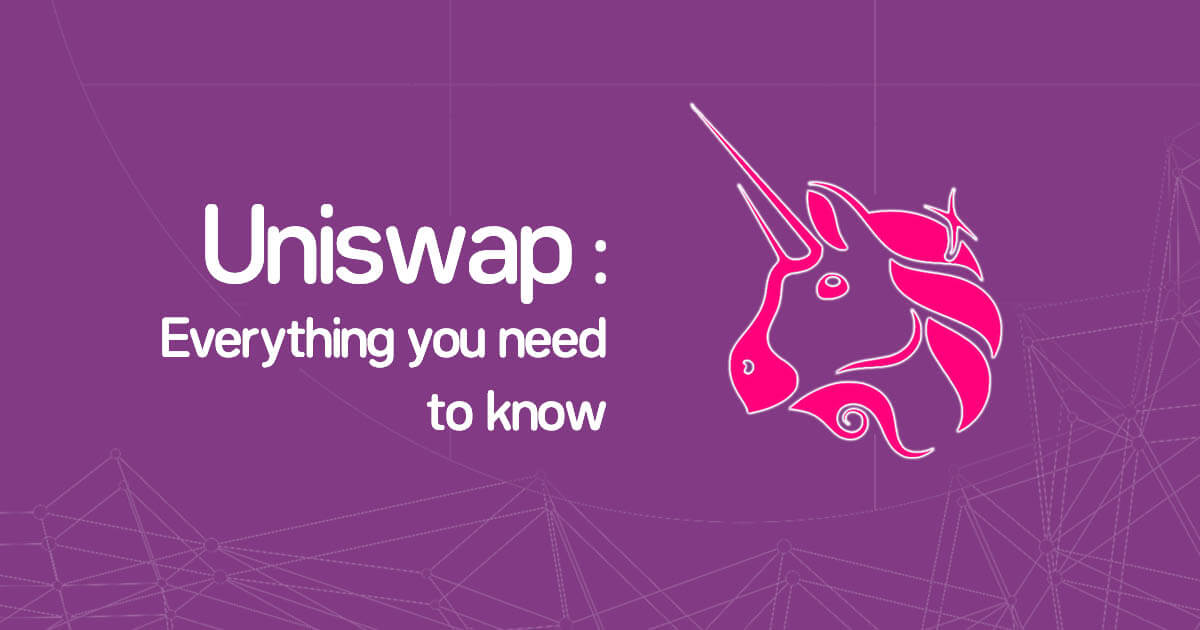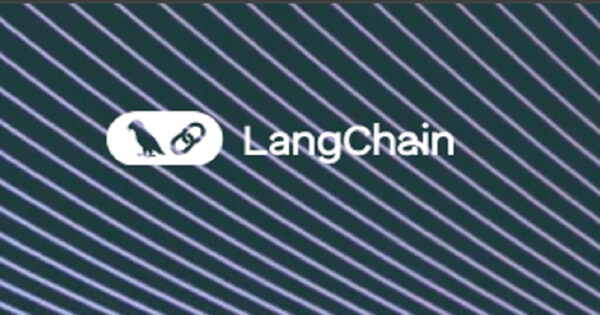Charles Hoskinson, the founder of Cardano, has publicly criticized the Wyoming Stable Token Commission’s recent blockchain network selections for the state’s upcoming stablecoin, the Wyoming Stable Token (WST). In a livestream titled “XRP and Wyoming” broadcasted on November 25, 2024, Hoskinson questioned the commission’s opaque selection process and raised concerns about potential conflicts of interest.
The Wyoming Stable Token Commission announced the initiation of its procurement process for WST, expected to launch in 2025 as “the first fiat-backed and fully reserved stable token issued by a public entity in the United States.” The commission intends to engage qualified third-party vendors to facilitate the development, deployment, and management of WST and its underlying reserves.
The selected blockchain networks for the initial deployment are: Solana, Avalanche, Stellar and Ethereum, inclusive of Layer 2 networks like Polygon, Arbitrum, Base, and Optimism. These selections were determined by the commission’s Blockchain Selection Working Group, a process that Hoskinson described as “very opaque.”
Cardano Founder Unites With XRP Community
Hoskinson expressed bewilderment over the exclusion of prominent blockchain networks such as the XRP Ledger and Cardano from the selection. He highlighted Ripple’s RLUSD and questioned how Stellar qualified over Ripple, given their shared history and Ripple’s substantial market presence.
“Let me get this straight: apparently Stellar can do stuff that Ripple can’t do according to the scoring criteria,” Hoskinson remarked. “Ripple just announced the launch of RLUSD, and the last time I checked, when we look at market cap here, look at XRP—an $84 billion ecosystem with almost $12 billion in trading.”
Cardano, with a market cap of $34 billion and a trading volume of $3.2 billion, was also excluded. Other notable exclusions include Algorand, Tezos, and Aptos. “Dozens and dozens and dozens of viable, interesting ecosystems were excluded—not even given a chance to try to build a proof of concept to demonstrate that they were capable,” Hoskinson stated.
Hoskinson suggested that the selection process may have been influenced by former affiliations of key individuals within the commission. He pointed out that Anthony Welfare, the Executive Director of the Wyoming Stable Token Commission, is a former ConsenSys employee who also worked in the Polygon ecosystem.
“It’s almost as if ConsenSys doesn’t get along so well with Ripple, isn’t it?” Hoskinson mused. He further noted that one of the commissioners used to work for Circle, a company known for its stablecoin, USDC. “Circle just announced Circle support; in fact, I think all those chains that were announced were all Circle chains—every single one of them. Interesting how that happens.”
Hoskinson implied that the selections favor networks associated with Circle and ConsenSys, potentially creating an unfair competitive advantage. “It’s not okay to use public funds to create an unfair competitive advantage for certain companies and certain ecosystems and to whitewash it as if it was an open process,” he asserted.
Hoskinson criticized the commission for not following standard procurement procedures, which typically involve publishing functional and non-functional product requirements and allowing interested parties to submit proofs of concept. He argued that the process lacked transparency and did not provide an opportunity for excluded networks to demonstrate their capabilities.
“Opaque processes are not how we’re going to have a relationship with the government moving forward,” Hoskinson declared. “Because we don’t qualify, we can’t even bid to build. We didn’t lose an RFP; we weren’t even allowed to participate.”
He suggested that the exclusion could have legal implications, stating, “There might even be a class action because anybody excluded certainly has standing. This creates an unfair competitive advantage to those chains selected and an unfair disadvantage to the chains not selected.”
Hoskinson also highlighted the exclusion of Bitcoin, the largest cryptocurrency by market cap. Through Cardano’s project called Bitcoin OS (BOS), he noted that there was an opportunity for Bitcoin to have its first stablecoin via WST.
“I would also like to point out, because of Cardano’s partnership with BOS (Bitcoin OS), Cardano creates an opportunity for Bitcoin to have its first stablecoin,” he said. “This commission decided under these criteria to exclude Bitcoin—the largest cryptocurrency by far and the only one the current president who’s coming into power, Trump, is considering starting a strategic reserve.”
Hoskinson called upon the XRP community to join in addressing the issue. “XRP community, you know what to do, and we do too,” he urged. “We’re going to get this fixed one way or the other.” He emphasized the need for fair and transparent processes in government-led cryptocurrency initiatives.
“We don’t have any patience or tolerance for this type of stuff anymore,” Hoskinson stated. “Things are changing in 2025 and opaque processes are not how we’re going to have a relationship with the government moving forward. […] “We’re going to do to we’re going to score you ourselves and we’ll just publish who qualifies.”
At press time, ADA traded at $0.9785.


You can get bonuses upto $100 FREE BONUS when you:
💰 Install these recommended apps:
💲 SocialGood - 100% Crypto Back on Everyday Shopping
💲 xPortal - The DeFi For The Next Billion
💲 CryptoTab Browser - Lightweight, fast, and ready to mine!
💰 Register on these recommended exchanges:
🟡 Binance🟡 Bitfinex🟡 Bitmart🟡 Bittrex🟡 Bitget
🟡 CoinEx🟡 Crypto.com🟡 Gate.io🟡 Huobi🟡 Kucoin.




















Comments